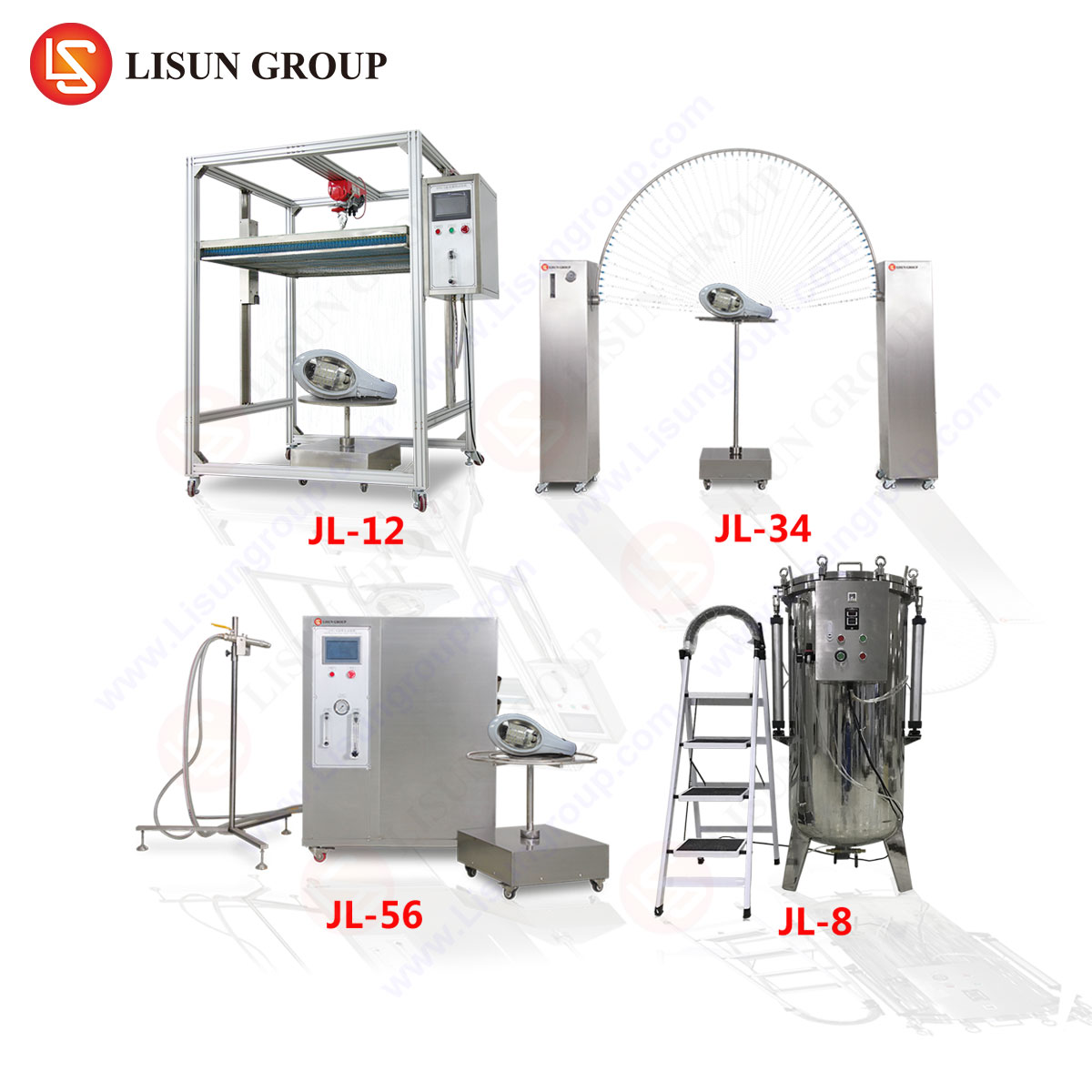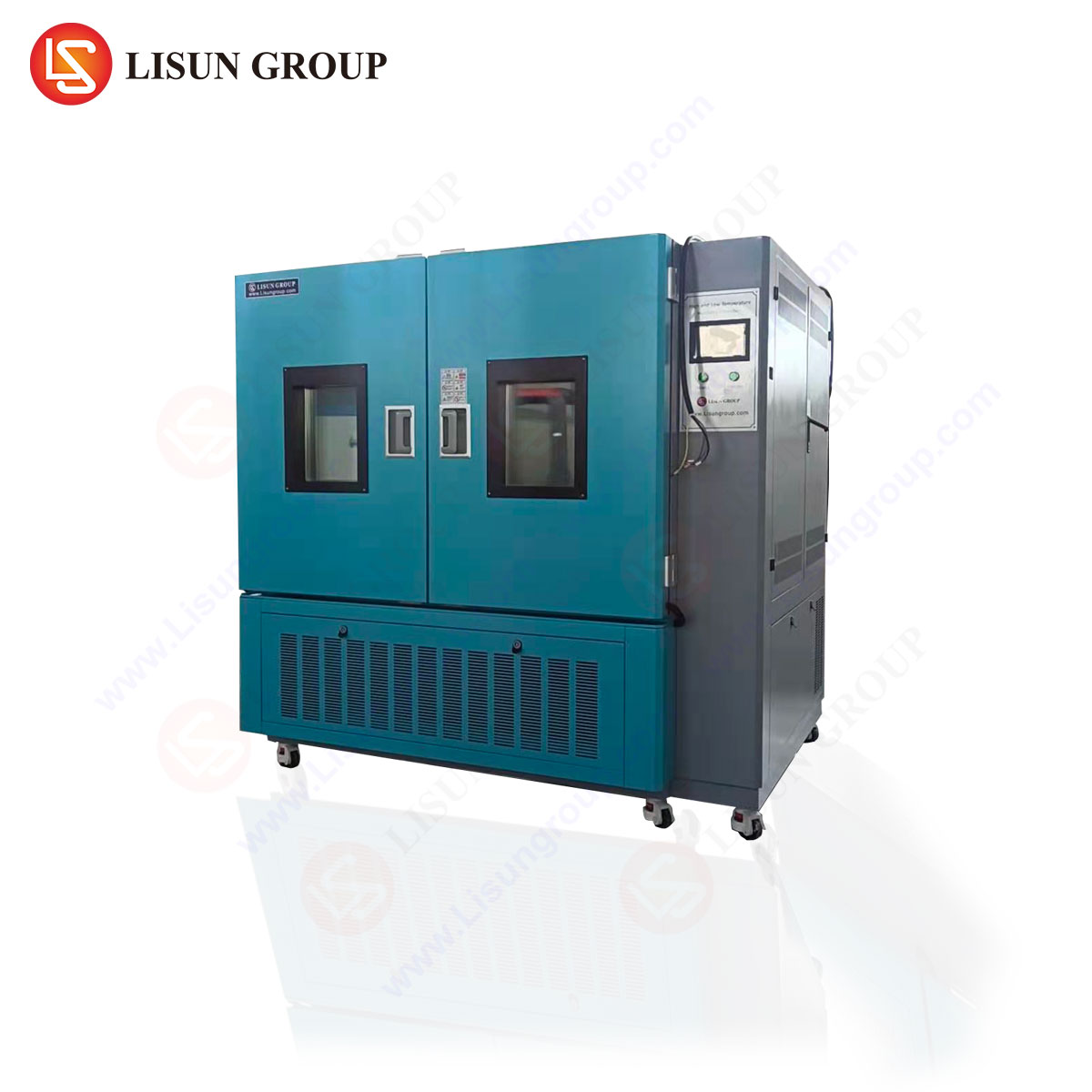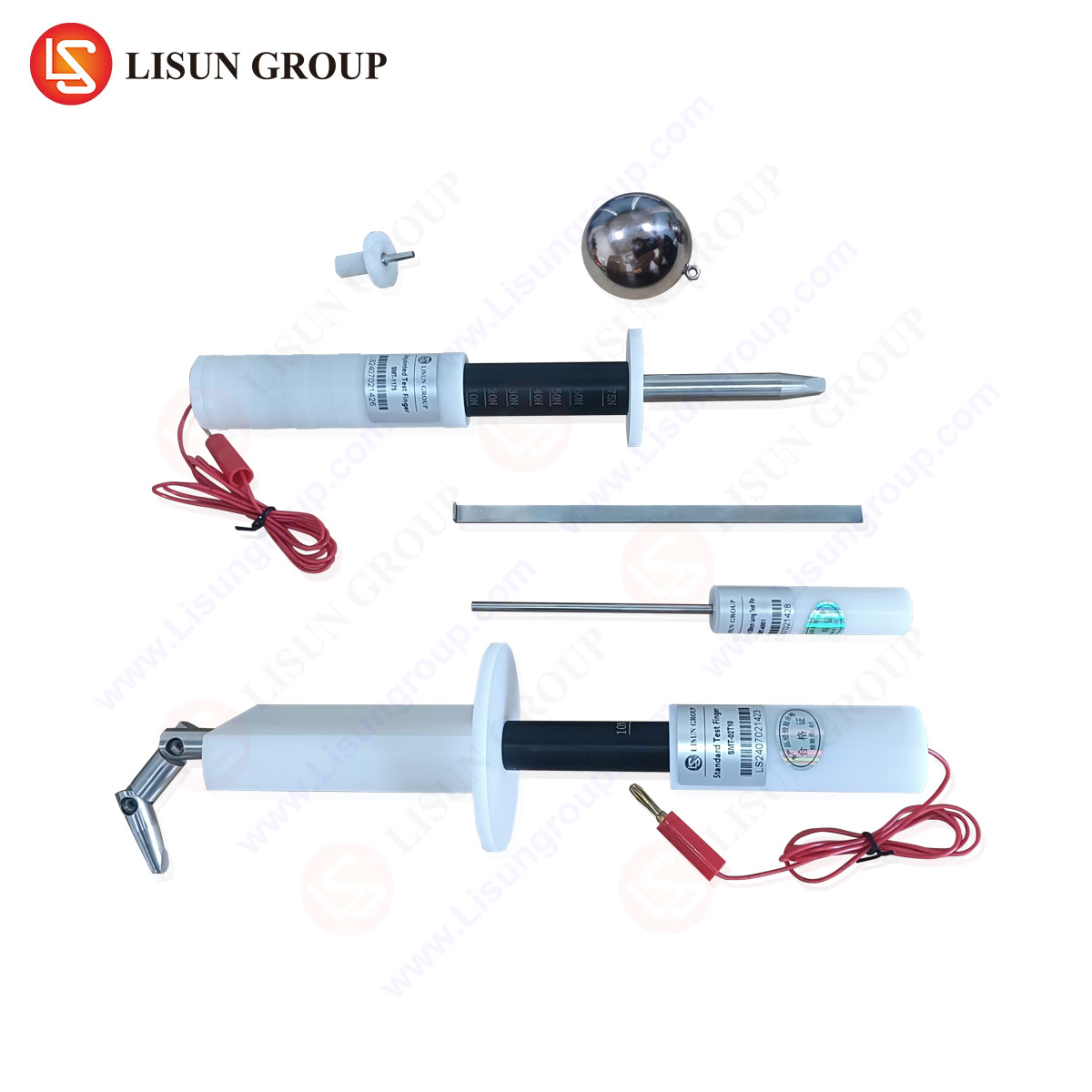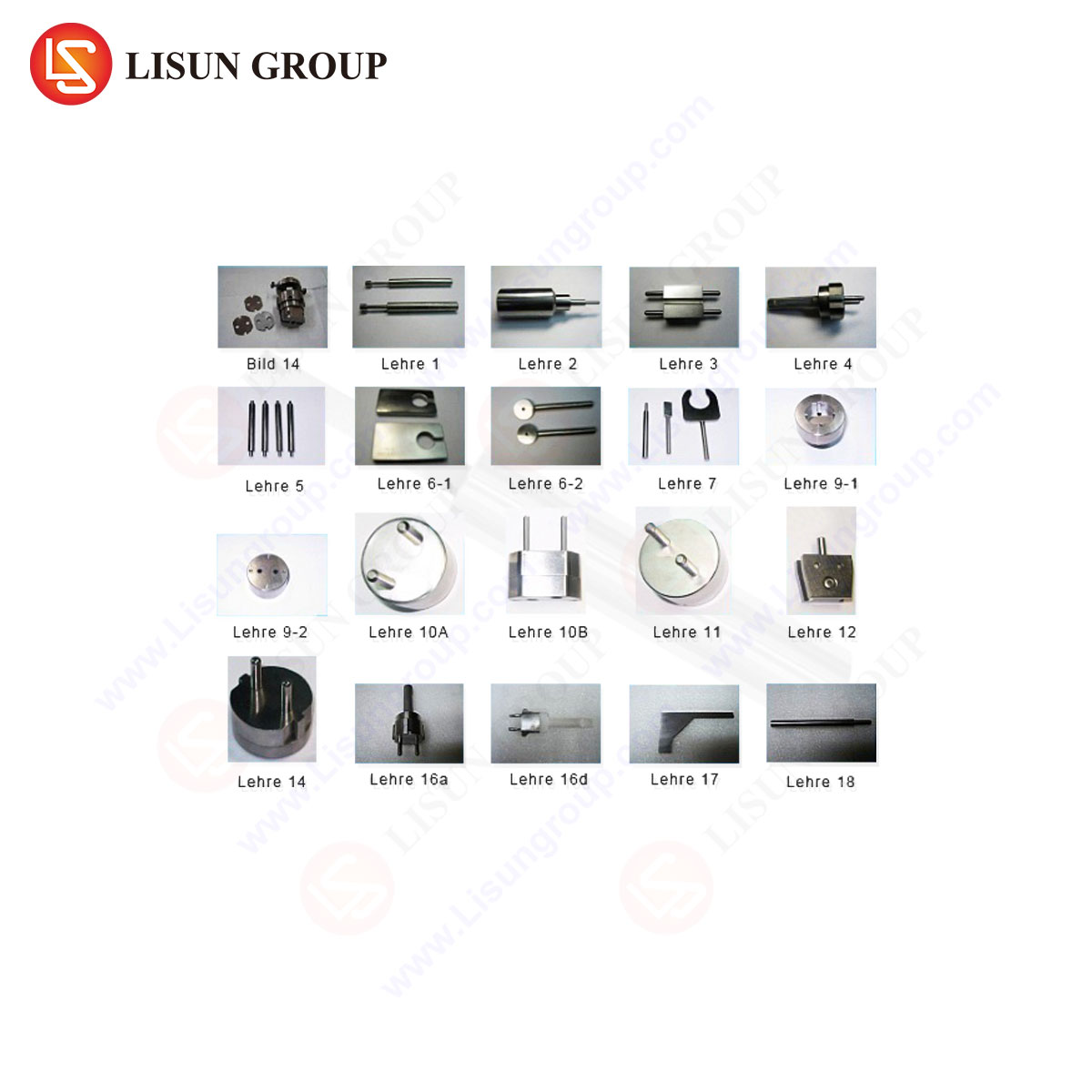The Critical Role of IP6X Dust Ingress Testing in Modern Product Design
The relentless advancement of technology across a multitude of sectors necessitates the development of products capable of withstanding increasingly harsh and particulate-laden environments. The integrity of electrical and electronic components is perpetually threatened by the infiltration of dust, a seemingly mundane substance that can precipitate catastrophic failures, including short circuits, mechanical blockages, overheating, and corrosion. To quantify and validate a product’s resilience against such ingress, the International Electrotechnical Commission (IEC) standard 60529 outlines a rigorous testing methodology. The IP6X classification, representing the highest level of protection against solid particle ingress, is not merely a marketing specification but a fundamental requirement for reliability and safety in critical applications. This procedure demands precise environmental simulation, controlled particulate media, and exacting duration parameters to yield certifiable and reproducible results.
Deconstructing the IP6X Specification within IEC 60529
The IP Code, or Ingress Protection Marking, is a universally recognized classification system that defines the levels of protection provided by an enclosure against the intrusion of solid objects, dust, accidental contact, and water. The code is structured as “IP” followed by two numerals. The first numeral indicates the level of protection against solid particles, ranging from 0 (no protection) to 6 (dust-tight). The second numeral denotes protection against liquids, from 0 to 9. Achieving an IP6X rating signifies that the enclosure is entirely protected against dust ingress; no dust shall enter the enclosure under defined test conditions. The ‘X’ is used as a placeholder when the level of water resistance is not specified or is irrelevant to the test being conducted.
The test’s scientific premise is to create a sustained, high-concentration dust cloud within a controlled chamber and subject the test specimen to a partial vacuum, both internally and externally. This pressure differential is the driving force that attempts to draw dust particles into any potential breach in the enclosure’s seals, joints, or material integrity. The test’s pass/fail criterion is exceptionally stringent: after the prescribed exposure period, a thorough internal inspection must reveal no discernible dust penetration. Even a minuscule quantity of fine talcum powder inside the enclosure constitutes a failure, underscoring the absolute nature of the “dust-tight” designation.
Apparatus and Particulate Media for Validated Testing
The integrity of the IP6X test is wholly dependent on the apparatus used to generate and maintain the test environment. The test chamber must be sufficiently sealed to contain the dust cloud without external leakage. A vibrating mechanism or fluidized bed apparatus is employed to ensure the talcum powder remains airborne and homogeneously distributed throughout the chamber’s volume for the test’s entire duration. The specified test dust is finely powdered talcum, with a particle size distribution predominantly below 75 micrometers, with a significant fraction below 10 micrometers. This fine grain size is selected to challenge the sealing performance of enclosures against the most penetrating particulate matter.
The partial vacuum applied to the specimen is a critical and often misunderstood component of the procedure. The standard mandates that the internal pressure of the enclosure be reduced to a value lower than the atmospheric pressure outside by 20 kPa (2.0 mbar), simulating the effects of pressure cycling that can occur in real-world applications, such as thermal expansion and contraction or changes in altitude. This vacuum is maintained for the duration of the test, typically 8 hours, ensuring a constant incentive for dust to be drawn into any microscopic opening.
The LISUN SC-015 Dust Sand Test Chamber: Engineering for Precision Compliance
The LISUN SC-015 Dust Sand Test Chamber is engineered as a turnkey solution for conducting IP5X and IP6X tests in full compliance with IEC 60529, ISO 20653, and other relevant national standards. Its design prioritizes repeatability, user safety, and operational efficiency, making it an indispensable tool for quality assurance laboratories across diverse industries.
The chamber’s construction typically utilizes high-grade stainless steel (SUS #304) for its interior and critical components, providing excellent corrosion resistance and ensuring the talcum powder media does not contaminate subsequent tests. A circular window of tempered glass, coupled with an internal LED lighting system, allows for continuous visual monitoring of the test specimen and the dust cloud density without interrupting the procedure. The heart of the system is its dust circulation mechanism. The SC-015 employs a precise blower system that circulates the talcum powder at a controlled velocity, ensuring a uniform and stable dust cloud throughout the test volume.
A integrated vacuum system is a fundamental feature. It includes a pressure gauge, flow meter, and adjustable vacuum regulator, allowing technicians to accurately set and maintain the required 20 kPa pressure differential between the specimen’s interior and the test chamber. The system also includes a dust collector and filtration unit to safely contain the fine talcum powder after the test, protecting the laboratory environment and the operator from particulate exposure. Programmable logic controller (PLC) based operation allows for the automation of the test cycle, including pre-test evacuation, test duration timing, and post-test purging, thereby minimizing human error and enhancing reproducibility.
Key Specifications of the LISUN SC-015:
- Test Dust: Powdered talcum, 2kg per cubic meter of chamber volume (pre-loaded).
- Sieve Mesh: 75μm (200 mesh).
- Airflow Velocity: ≤ 2 m/s (user adjustable for IP5X testing).
- Vacuum System Range: 0-10 kPa adjustable, sufficient for the required 2.0 kPa differential.
- Timer Range: 1 second to 99 hours, 59 minutes, 59 seconds.
- Chamber Volume: Available in standard sizes (e.g., 0.5m³, 1m³) to accommodate various product sizes.
Industry-Specific Applications and Imperatives
The demand for IP6X certification spans a vast spectrum of industries where operational failure due to dust ingress is not an option.
In Automotive Electronics, components such as engine control units (ECUs), battery management systems (BMS) for electric vehicles, sensors (LiDAR, radar), and external lighting assemblies are subjected to extreme conditions involving road dust, brake dust, and particulates from industrial or agricultural environments. An IP6X rating is often a prerequisite for supplier qualification.
Aerospace and Aviation Components require the utmost reliability. Avionics systems, navigation equipment, and external sensors on aircraft must be impervious to dust during ground operations, on runways, and in sandy environments to ensure flight safety.
Medical Devices, particularly those used in surgical suites, dental offices, or mobile field hospitals, must be dust-tight to maintain sterility, prevent internal contamination that could harbor pathogens, and ensure the reliable operation of critical diagnostic or life-support equipment.
Telecommunications Equipment, including 5G base station modules, outdoor routers, and fiber optic terminal enclosures, are deployed in environments where dust can cause connector corrosion, optical signal degradation, and overheating of densely packed electronics.
Industrial Control Systems and actuators operating on manufacturing floors, in mining operations, or in agricultural settings are constantly exposed to abrasive metallic, mineral, or organic dust. IP6X protection ensures continuous operation, reduces maintenance downtime, and mitigates the risk of dust-induced combustion in hazardous areas.
Lighting Fixtures for outdoor, industrial, or hazardous location use must be sealed against dust to prevent lumen depreciation, overheating from dust accumulation on drivers and LEDs, and to avoid creating a potential ignition source.
Comparative Analysis of Testing Methodologies
While the IP6X test is a binary pass/fail standard, the methodology employed can significantly impact the test’s accuracy, efficiency, and cost. Traditional test chambers may lack precise control over dust density and airflow, leading to inconsistent results. Manual control of the vacuum differential can introduce variability. The LISUN SC-015 addresses these shortcomings through automated, closed-loop control systems.
Its competitive advantage lies in its integrated design. The combination of a reliable dust circulation system, a precise and stable vacuum system, and a programmable controller in a single, robust unit eliminates the need for ancillary equipment and complex setup procedures. This integration reduces the potential for operator error, a significant factor in test inconsistency. Furthermore, features like the effective dust collection system address operational safety and laboratory cleanliness, which are often secondary considerations in less sophisticated apparatus. The chamber’s construction from non-reactive stainless steel ensures long-term durability and prevents contamination between tests, a critical factor for laboratories testing a wide array of products.
Interpreting Test Results and Failure Analysis
A successful IP6X test concludes with a visual inspection of the specimen’s interior revealing a complete absence of dust. A failure, however, provides a critical opportunity for engineering improvement. The location and pattern of dust ingress can be highly informative. A fine layer of dust coating internal components may indicate the penetration of sub-micron particles through a material itself, such as a micro-porous gasket or a permeable plastic housing. A concentrated accumulation of dust near a specific seam, connector, or button actuator clearly identifies a weakness in the mechanical sealing design.
Subsequent failure analysis might involve microscopic examination of seals, dimensional checks of mating surfaces, or material analysis to identify the root cause. The data gleaned from a failed IP6X test is invaluable, driving design iterations towards more robust gasket geometries, improved tolerance control, the selection of alternative sealant materials, or the implementation of multi-stage sealing strategies. Thus, the test chamber is not merely a compliance tool but an integral part of the product development feedback loop.
Frequently Asked Questions (FAQ)
Q1: Can the LISUN SC-015 chamber be used for both IP5X and IP6X testing?
Yes, the chamber is designed for both classifications. The key difference lies in the airflow and dust density. IP5X (Dust Protected) allows some dust ingress but not in sufficient quantity to interfere with operation, and the test is often conducted with a lower dust concentration and without a vacuum. The SC-015 allows users to adjust parameters like airflow velocity to meet the specific requirements of an IP5X test protocol.
Q2: How is the required 2 kPa (20 mbar) vacuum differential measured and maintained?
The specimen must be connected to the chamber’s external vacuum port via a sealed hose. A pressure gauge and flow meter are part of the system. The vacuum pump is adjusted until the pressure inside the specimen is 2 kPa below the ambient atmospheric pressure inside the test chamber. The system’s regulators are designed to maintain this differential consistently throughout the 8-hour test, compensating for any minor leaks.
Q3: What is the recommended procedure for cleaning the chamber after testing to prevent cross-contamination?
The LISUN SC-015 is equipped with a dedicated dust collection and filtration system. After the test, this system is activated to withdraw the vast majority of talcum powder from the chamber air and deposit it into a sealed container. The remaining residue on the chamber walls can be removed using a vacuum cleaner with a HEPA filter. The use of compressed air for cleaning is discouraged as it will simply re-suspend the dust, posing an inhalation hazard and contaminating the laboratory.
Q4: Is the talcum powder used in the test a standardized material?
Yes, the standard specifies the properties of the talcum powder. It must be able to pass through a 75-micrometer mesh sieve (200 mesh). While ordinary talcum powder may be similar, for certified compliance testing, it is advisable to use a standardized test dust that has a verified and consistent particle size distribution to ensure the repeatability and validity of results across different laboratories and test cycles.
Q5: For how long must the vacuum be applied after the test concludes?
The standard requires that the vacuum be maintained inside the specimen for the entire 8-hour test duration. After the dust circulation is stopped and the test time has elapsed, the vacuum can be released. The purpose is to ensure the pressure differential is present for the full exposure time, simulating a prolonged real-world condition.







